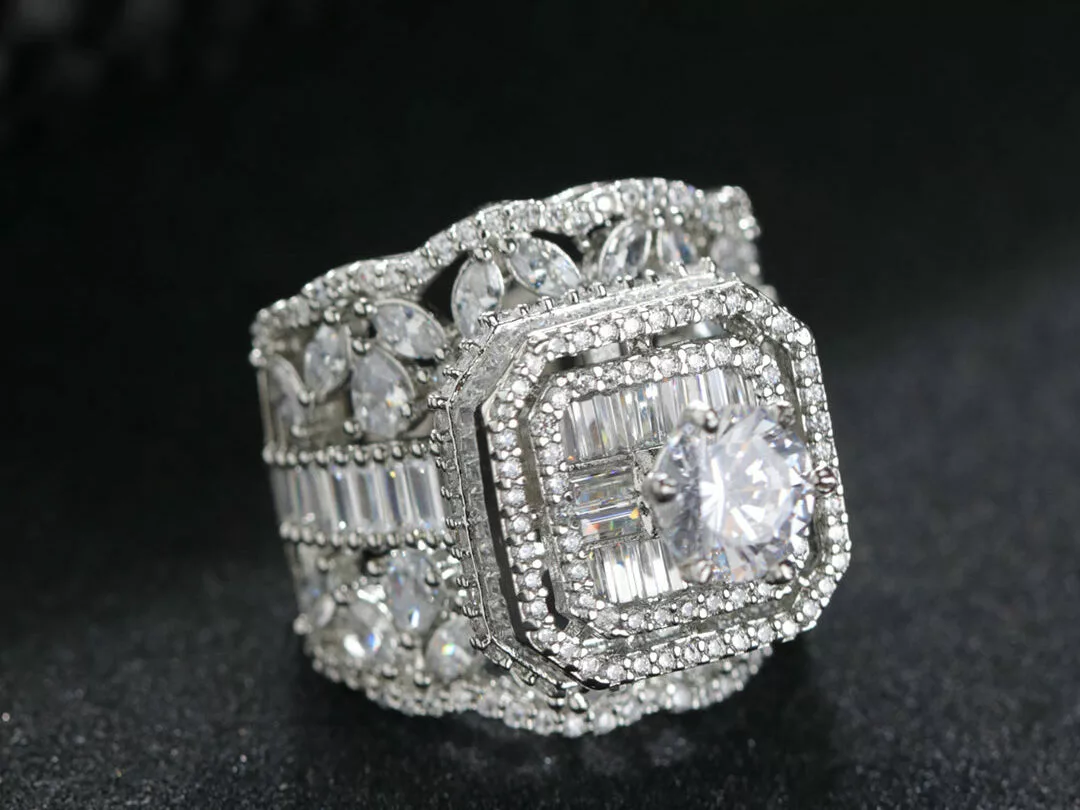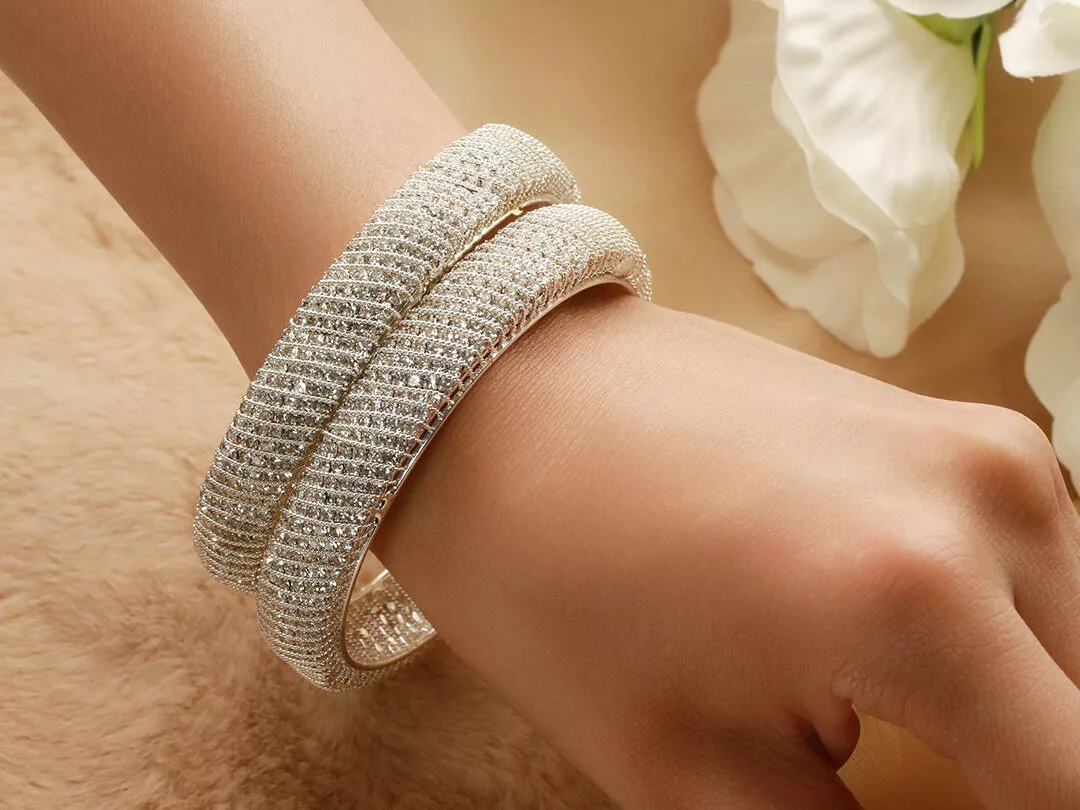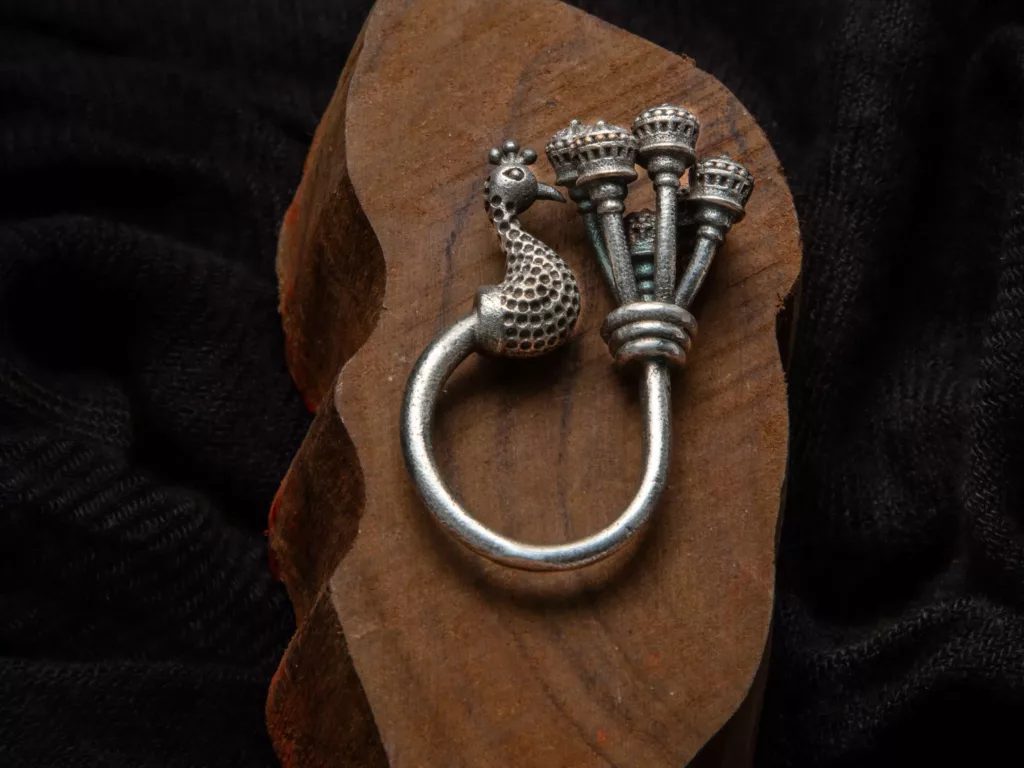In almost every wardrobe, the ubiquity of silver jewellery echoes a silent fascination.
What does that shiny piece of adornment truly signify in your collection?
Despite being a staple in our history, the story behind silver jewellery remains largely unknown.
While gold ems have traditionally dominated the choices of Indian women, the popularity of silver ornaments is not far behind.
Today, let’s unravel the intriguing history of silver jewellery, from its humble origins in crafting utensils to becoming a cherished material for exquisite jewellery.
Join us as we explore how the history of silver has evolved, transcending its utilitarian beginnings to grace our lives with timeless elegance.
History of Silver Jewellery in India

From the history of silver, it has been an integral part of Indian culture, finding expression in exquisite jewellery for both men and women. Beyond its ornamental charm, silver jewellery symbolizes wealth and status, rooted in beliefs of its healing properties. The Mughal period witnessed a surge in popularity, introducing innovative designs and techniques and incorporating precious stones like diamonds and emeralds. Today, silver jewellery, ranging from simple elegance to intricate designs, is a staple in traditional attire during weddings and festivals, with handmade pieces continuing to capture the hearts of the evergreen admirers.
Silver Jewellery around the Globe

The global history of silver jewellery unfolds a tale of prestige and beauty across various cultures. From ancient Egypt’s use of silver in currency notes to the Renaissance period’s intricate designs inspired by nature, silver adorned men and women as a symbol of wealth and status. Silver effortlessly transitions between simple, everyday elegance and elaborate designs for special occasions in modern times, maintaining its timeless appeal.
Silver’s Remarkable Journey

It’s significance isn’t confined to adornment alone; its role in the history of silver as a trade element and a catalyst for economic prosperity is noteworthy. From the ancient Laurieham mine in Greece to the silver-rich Spanish mines supplying the Roman Empire, silver played a pivotal role in shaping civilizations. The discovery of the New World in 1492 contributed to its global popularity, with Bolivia, Peru, and Mexico dominating silver production between 1500 and 1800.
Silver’s 19th-Century Surge

The late 19th century marked a significant boost in silver production, notably in the United States with the discovery of the Comstock vein in Nevada. Technological innovations and global exploration led to a doubling of silver production from 40 million to 80 million ounces between 1870 and 1920. By the end of the 19th century, annual silver production reached a staggering 120 million troy ounces.
Silver Jewellery Today

In the contemporary world, silver jewellery remains a popular choice for various reasons. The cultural significance in the history of silver jewellery spans diverse cultures, with Indian and Middle Eastern societies viewing it as a symbol of wealth. Native American culture attributes silver jewellery to spirituality and connection to nature. The affordability of silver makes it accessible to a broad audience, serving as an excellent option for quality jewellery without breaking the bank. Recognized for its durability, silver jewellery withstands regular wear and tear, maintaining its shine effortlessly. Moreover, despite being less expensive than gold or platinum, silver jewellery holds investment value, making it a tangible asset with the potential to appreciate over time.
Conclusion
Silver jewellery’s enduring allure stems from its deep-rooted cultural significance, affordability, durability, and historical journey as a global trade commodity. As we understand the history of silver jewellery, we connect not only with our cultural legacy but also with the remarkable journey of a precious metal that has shaped civilizations and adorned generations through the ages.
Frequently Asked Questions
What was the first jewellery in the world?
The earliest known Jewellery was actually created not by humans (Homo sapiens) but by Neanderthal living in Europe. Specifically, perforated beads made from small sea shells have been found dating to 115,000 years ago in the Cueva de los Aviones, a cave along the southeast coast of Spain.
What is the significance of silver in Indian culture?
Silver, in their, tradition signifies protection from magic. Hindus believe that silver stands for the Moon or Luna.
Why is silver so popular in jewellery?
Several factors make silver one of the most popular jewellery metals. Its lustre ranks as its most outstanding visual feature. Silver is also more abundant and much less expensive than gold or platinum.

